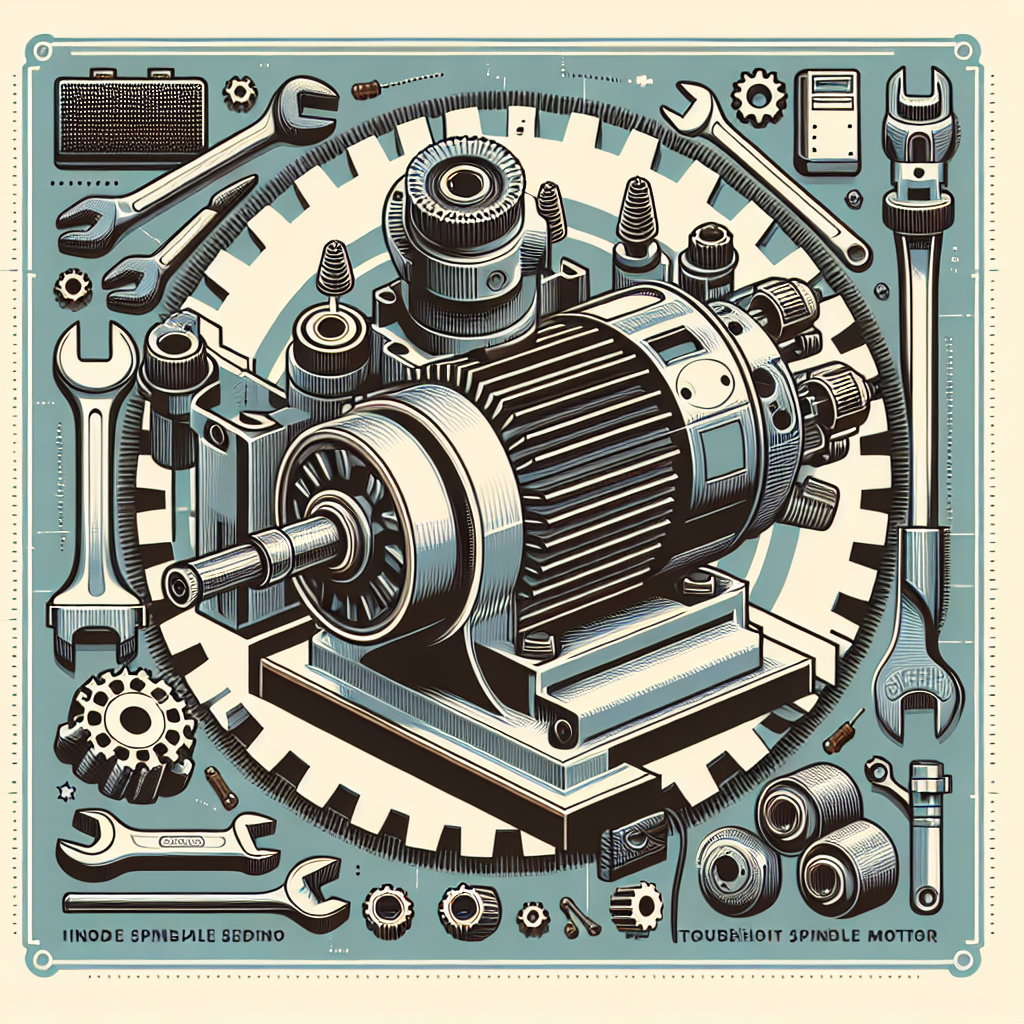Your cart is currently empty!
Maintaining and Troubleshooting Spindle Motors in Machinery

Spindle motors are a crucial component in machinery, responsible for driving the cutting tools and ensuring the smooth operation of various industrial processes. As such, it is essential to properly maintain and troubleshoot these motors to prevent costly downtime and ensure optimal performance.
Maintenance of spindle motors is vital to prolong their lifespan and prevent unexpected breakdowns. Here are some tips for maintaining spindle motors in machinery:
Regular lubrication: Proper lubrication is essential to reduce friction and wear on the motor components. Make sure to follow the manufacturer’s guidelines for the type of lubricant to use and the frequency of lubrication.
Check for wear and tear: Regularly inspect the motor for any signs of wear and tear, such as loose belts, worn bearings, or damaged wiring. Replace any damaged components promptly to prevent further damage to the motor.
Keep the motor clean: Dirt and debris can build up on the motor, causing overheating and inefficiency. Regularly clean the motor using a soft brush or compressed air to remove any dirt and debris.
Monitor motor temperature: Spindle motors can overheat if they are not properly cooled. Monitor the motor temperature regularly and ensure that the cooling system is working effectively.
In addition to regular maintenance, it is also important to troubleshoot spindle motors when they are not functioning correctly. Here are some common issues and their possible solutions:
1. Motor not turning on: Check the power supply to the motor and make sure it is properly connected. If the power supply is working, check the motor’s wiring for any loose connections or damaged wires.
2. Motor overheating: Check the cooling system to ensure it is functioning properly. Clean any debris that may be blocking the airflow to the motor. If the motor continues to overheat, it may be a sign of a more serious issue and should be inspected by a professional.
3. Unusual noise or vibration: This could be a sign of worn bearings or misalignment of the motor. Inspect the motor for any signs of damage and make any necessary repairs or replacements.
4. Inconsistent speed or power output: Check the motor’s speed control system and make sure it is properly calibrated. If the issue persists, it may be a sign of a faulty motor controller that needs to be replaced.
By following these tips for maintaining and troubleshooting spindle motors in machinery, you can prevent costly breakdowns and ensure the smooth operation of your industrial processes. Remember to always follow the manufacturer’s guidelines for maintenance and consult a professional if you are unsure of how to troubleshoot a specific issue.

Leave a Reply